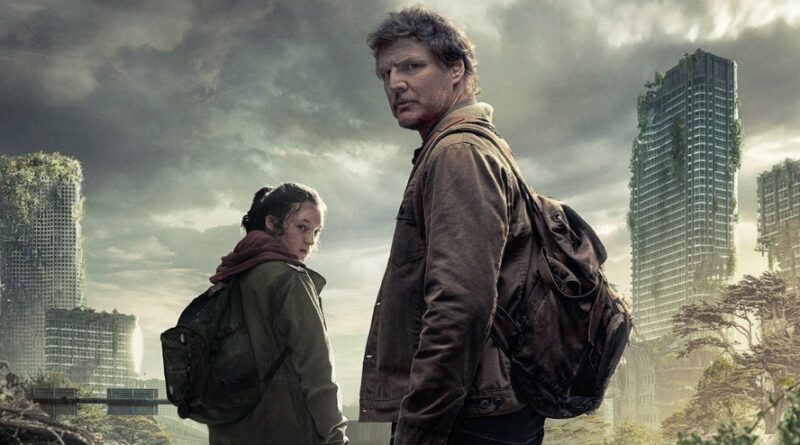The Last of Us Lets Gay Love Flourish in the Apocalypse – IGN
Warning: this article contains full spoilers for The Last of Us Episode 3!
The third episode of The Last of Us, “Long, Long Time,” features a gay love story between two characters, Nick Offerman’s doomsday prepper, Bill, and Murray Bartlett’s wandering artist, Frank. The zombie apocalypse genre is no stranger to doomed love, but what sets this one apart is how it tells a uniquely queer story that doesn’t succumb to tropes and, somehow, remarkably delivers a happy ending in more ways than one.
That the episode tells a fully-fleshed out love story between such an unlikely pair – one that rivals the opening sequence in Pixar’s Up for how quickly it’ll turn you from smiles to tears – is an impressive feat in itself, yet there’s far more to appreciate than that. Stories on TV featuring queer characters are routinely mishandled, giving rise to the “Bury Your Gays” trope where queer stories are plagued with unwarranted pain and death, so it’s refreshing that The Last of Us shows it doesn’t have to be that way.
The outbreak caused massive loss of life and destruction across the world, but for Bill, who admits in a letter to Joel that at one point he hated the world and was happy everyone died, the zombie apocalypse is a freeing experience. When Frank falls (quite literally) into his life, he finally discovers what he had been missing all this time: companionship and intimacy with another man. It’s probably a safe bet that, before the apocalypse, Bill chose to stay in the closet because he wanted to spare himself the judgment and discrimination gay people face, not to mention inhumane anti-LGBTQ+ laws. But, thanks to the outbreak, all that disappeared overnight, and with it, seemingly, all of Bill’s fear about being openly gay. Only in the apocalypse is Bill truly able to be himself. And it’s only because of the apocalypse that he met Frank. If it wasn’t for the destruction of society, he probably would have died alone.
Episode 3 director Peter Hoar and writer Craig Mazin get points for telling an excellent story that looks at the zombie apocalypse genre through a queer lens, showing how it would uniquely (and unexpectedly) affect a closeted gay man, but they go one further by learning from mistakes made by other shows.
While Bill and Frank’s story does end in death, it’s not an abrupt and tragic death, like we’re so used to seeing in shows like The Walking Dead, The 100, and House of the Dragon. After both men drink the drugged wine, Bill even says, “This isn’t the tragic suicide at the end of the play,” and he’s right. These two men spent many meaningful years together, full of love and happiness. Theirs is a story not defined by loss but by staying together. Granted, there is the scene where the raiders attack and, for a moment, we’re left to believe Bill succumbed to his gunshot wound, but the showmakers flip the script, turning what could have been a cliched moment of queer death into a moving one where Frank in turn saves Bill, bringing things full circle from the day they first met.
When the couple does eventually meet their end, they have total autonomy in how they go. For queer characters in this genre, this is a much-welcome breath of fresh air. With violence against queer people on the rise in real life, queer lives are being ravaged by trauma and tragically cut short, and with so many queer characters meeting grisly ends on TV, it paints the false picture that pain is what awaits all of us in the end. That’s why it’s especially poignant for Bill and Frank not to be victimized to create empty drama but rather be given the opportunity to end things on their own terms, with full hearts and asleep in each other’s arms. Their last moments are spent embracing their love. That’s rare for queer characters in fiction. As sweet as fresh strawberries.
